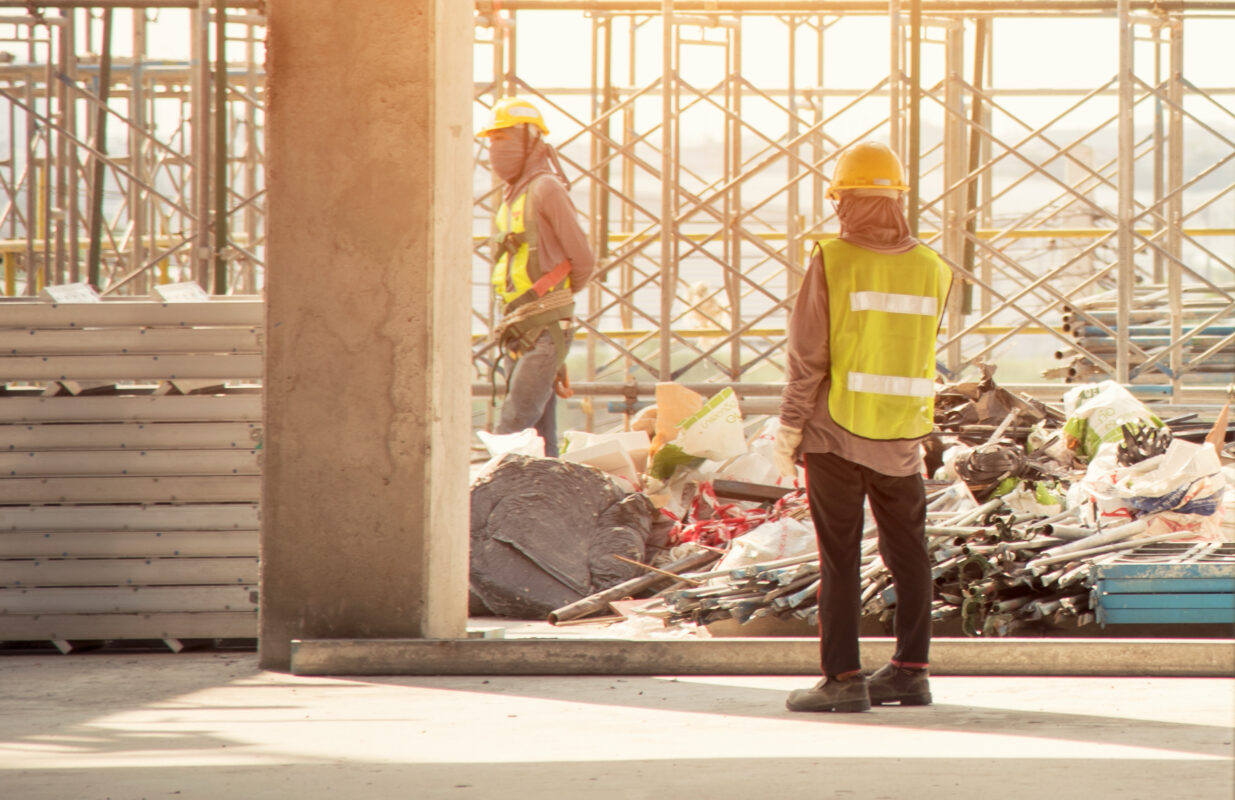A devastating building fire in the city of Valencia in Spain last month claimed the lives of 10 people, with 14 individuals reported injured. This tragedy unfolded within two joined apartment blocks; the fire engulfed a 14-storey building in the Campanar neighbourhood and quickly spread to an adjoining structure. This incident sheds light on broader concerns regarding fire safety regulations across Europe.
In this blog post, we are taking a close look at the tragic incident and how the Grenfell Tower fire helped shape the new fire safety laws in the UK.
How the Grenfell Tower Fire Revolutionised Fire Safety in the UK
A similar tragic event in London sparked a series of fire safety reforms in the UK. The devastating fire at Grenfell Tower that took place in June 2017 and claimed the lives of 72 residents highlighted the inadequacies of the fire safety regime in the country.
This incident resulted in the banning of combustible cladding materials on new high-rise residential buildings over 18 metres tall in the UK. Additionally, the government initiated an independent inquiry into the Grenfell Tower fire, led by Dame Judith Hackitt, who conducted a comprehensive public investigation to ascertain the causes of the fire and to recommend changes to building regulations and fire safety practices. The inquiry’s findings underscored the necessity for a systemic overhaul of building safety standards, including improvements in the design, construction, and maintenance of buildings, as well as the materials used in their construction.
Another significant change introduced to the fire safety regime is the establishment of a Building Safety Regulator to oversee and enforce new and existing building safety standards and increase transparency and accountability in the construction industry. This move towards stricter regulations, introduced in the Building Safety Act, aims to ensure that the safety of residents is prioritised in the construction and refurbishment of buildings.
Learn more about the new Fire Safety Act in the UK, which introduced the stricter fire safety regime here.
A Closer Look at the Fire in Valencia and the Way Forward
The building that caught fire in Valencia was a product of modern construction that was completed in 2008. It used innovative materials, including cladding made from an aluminium-synthetic composite paired with cavity insulation. The cladding is said to be effective for heat insulation but can be highly flammable due to the ventilation between the cladding and the covering.
The tragedy in Valencia underscores the ever-present need for refinement and improvement in the construction industry and fire safety regimes.
In the aftermath of the Valencia fire, experts are conducting exhaustive investigations into the incident, scrutinising the building materials, the impact of external factors such as wind, the efficacy of evacuation protocols and alarm systems, and the fire’s origin. These investigations are expected to lead to updates in regulations, highlighting the necessity for fire safety processes to be swift, thorough, and, importantly, proactive, to prevent future tragedies.

